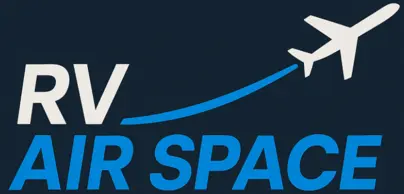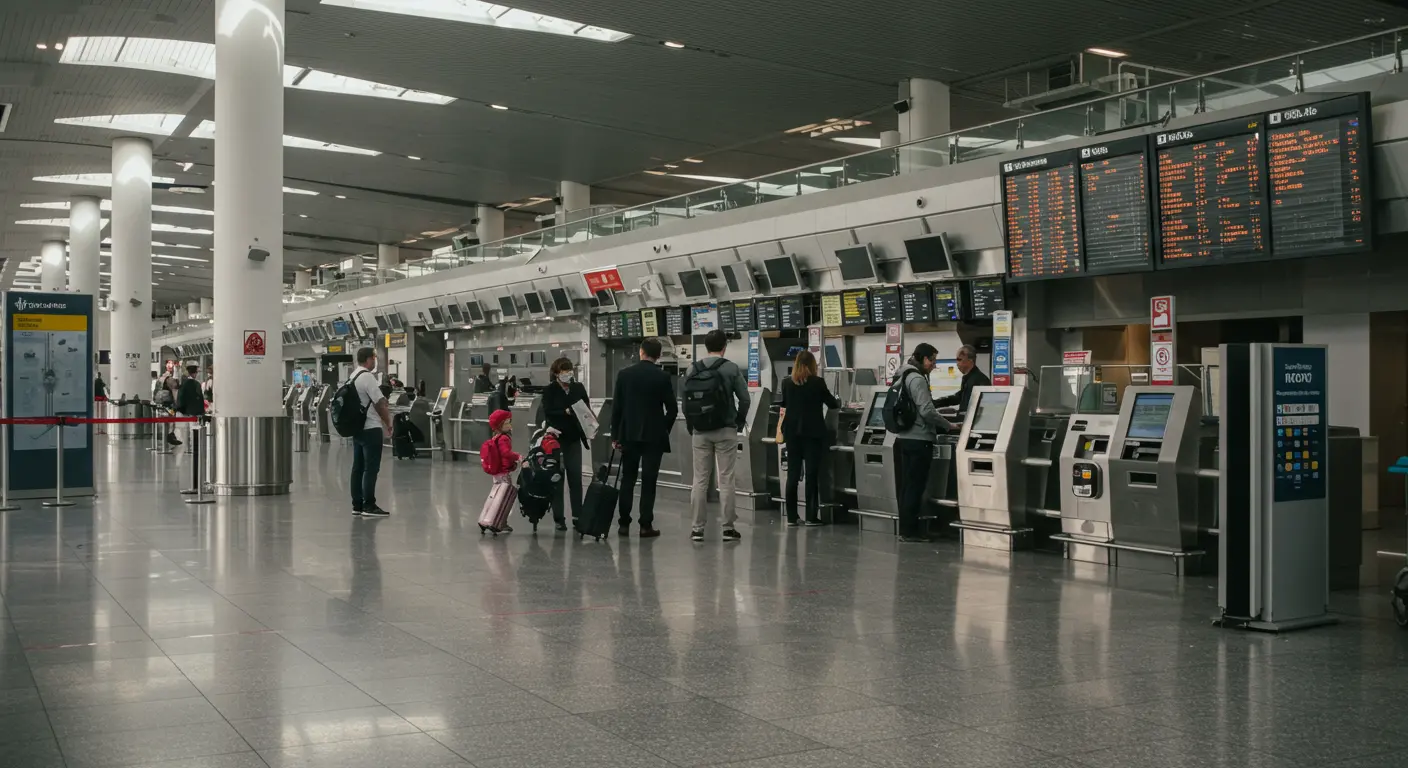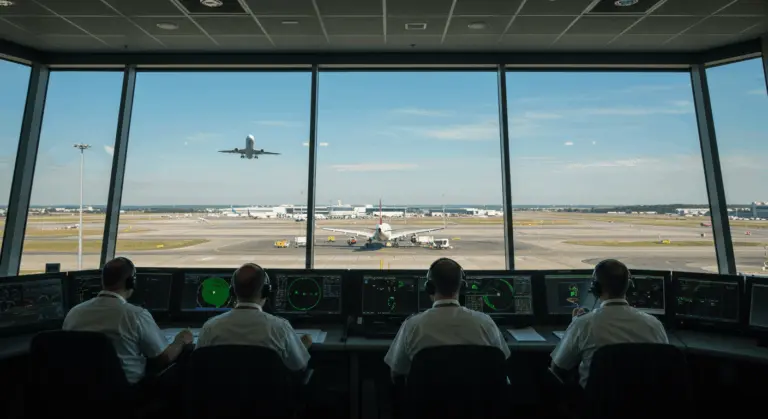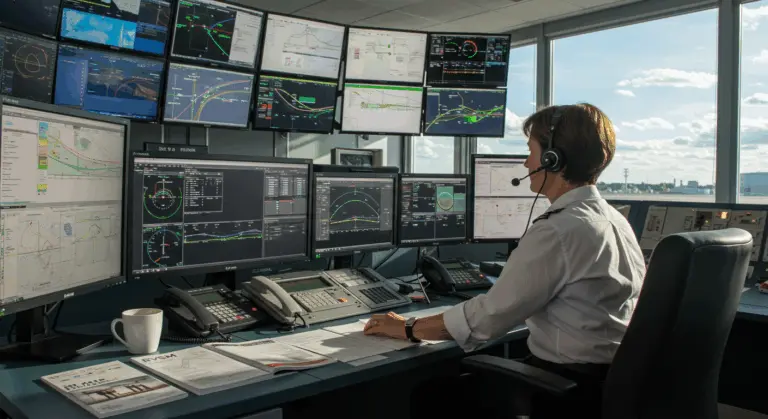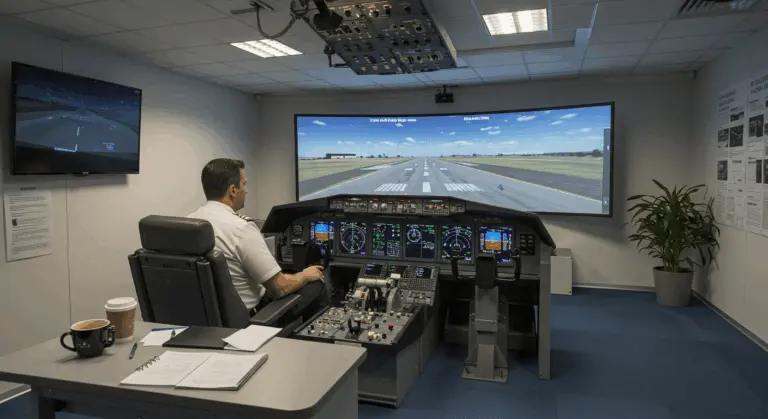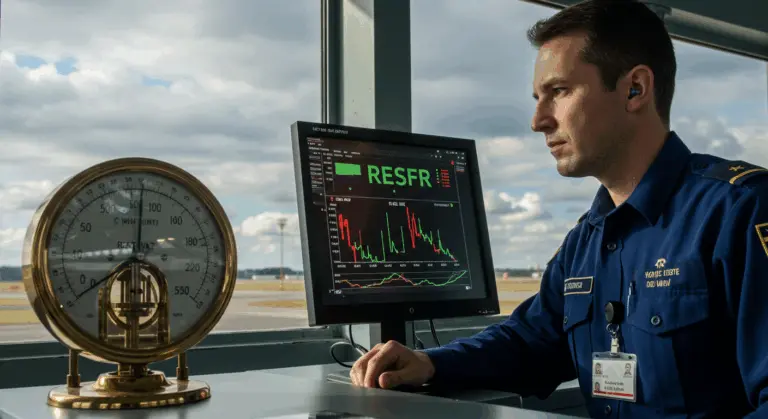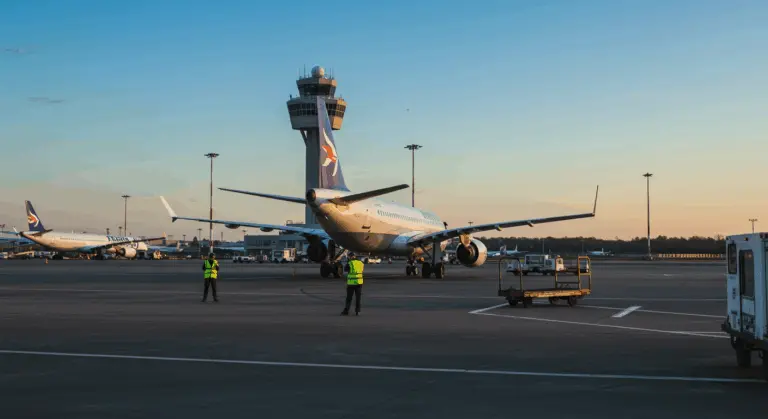Understanding Common Carriage in Aviation and Transportation Law
What is Common Carriage?
Common carriage represents a foundational legal concept in aviation—the practice of offering transportation services to the public in exchange for compensation. At its core is the principle of ‘holding out’: publicly declaring your willingness to transport people or cargo for hire.
What distinguishes common carriage is this act of ‘holding out’—the public invitation extended to anyone seeking transportation services. Unlike private arrangements confined to specific clients through exclusive contracts, common carriage casts a wide net. This public solicitation takes many forms: bold advertisements, polished websites, or even simple word-of-mouth recommendations spreading through aviation communities.
With this public commitment comes heightened responsibility. Common carriers shoulder greater legal obligations, including an elevated duty of care, strict non-discrimination policies, and compliance with rigorous FAA regulations that far exceed those governing private operations.
Determining whether an operation constitutes common carriage is essential for pilots and aviation businesses, as it determines which regulatory framework applies to their activities and what certifications they must obtain before operating legally.
Common Carriage vs. Private Carriage
The line between common and private carriage goes beyond academic interest—it determines your entire regulatory universe. While both involve compensation for transportation, they operate in fundamentally different legal frameworks with vastly different requirements.
| Feature | Common Carriage | Private Carriage |
|—|—|—|
| Definition | Publicly offers transportation services to anyone for compensation. | Provides transportation to specific clients under private contracts. |
| Key Element | ‘Holding out’ to the public. | No public offering; services are based on mutual agreements. |
| Certification | Requires an Air Carrier or Commercial Operating Certificate from the FAA. | Not subject to ‘holding out’ rules but may require other certifications. |
| Regulations | Governed by stringent rules (e.g., 14 CFR Part 121 or 135) for maximum public safety. | Operates under less restrictive rules (e.g., Part 91, 125, or 135), allowing more flexibility. |
Understanding this distinction is vital for success in aviation business. Operating as a common carrier without proper certification invites severe penalties and potential shutdown. Conversely, structuring operations as private carriage can unlock significant operational flexibility and cost advantages.
FAA Regulations Governing Common Carriage
The FAA doesn’t take common carriage lightly. Multiple regulations govern these operations, each designed with one overriding purpose: protecting the flying public. Operators must navigate these complex regulations to operate legally—and profitably.
Everything begins with the air carrier certificate, the essential certification governed by 14 CFR Part 119. This regulation serves as your gateway into the world of commercial aviation, directing you toward specific operational rules based on your intended operations:
Certification requires more than paperwork—operators must prove operational control, the ultimate authority over flight safety decisions. This means establishing reliable systems for flight planning, crew scheduling, maintenance oversight, and emergency response. The FAA’s inspectors will scrutinize everything from personnel qualifications to operating manuals before granting their approval.
These requirements reflect the FAA’s commitment to public safety. The consequences of attempting common carriage without proper certification are swift and severe: hefty fines, certificate actions, and potential criminal liability.
Air Carrier Certificate Requirements
The application process is thorough and comprehensive. Operators must develop comprehensive manuals covering operations, maintenance, training, and safety protocols. They must also demonstrate financial fitness—proving they possess the resources to maintain safe operations over time.
The certification process unfolds through five distinct phases:
Pre-application: Initial discussions with the FAA about your proposed operation
Success also depends on appointing qualified individuals to critical management positions. The Director of Operations, Chief Pilot, and Director of Maintenance aren’t just titles—they’re positions requiring specific FAA experience credentials and unwavering commitment to safety.
Earning certification means more than regulatory compliance—it allows you to join professional aviation operators. This achievement signals that you’ve met the FAA’s exacting safety standards for transporting the public.
Exemptions from Common Carriage
Not every aviation operation requires common carriage certification. The FAA provides several exemptions that offer significant operational flexibility for qualifying operations.
FAR Part 119 carves out specific exemptions from common carriage requirements, creating opportunities for operators who fit these categories:
Student instruction and certain training flights
Operations conducted without compensation or hire enjoy broad exemptions. Personal flights, business flights where transportation serves an incidental purpose, and certain cost-sharing arrangements that meet regulatory criteria all fall outside common carriage requirements.
Part 91—the backbone of general aviation—offers another exemption pathway. While Part 91 operators cannot engage in common carriage, they may perform specific compensated flights under carefully defined exceptions outlined in FAR 119.1(e) and 91.501.
Understanding these exemptions is strategically important. The correct regulatory classification can mean the difference between manageable operational requirements and overwhelming certification burdens, with profound implications for costs and operational flexibility.
Operational Control in Aviation
Operational control stands as aviation’s ultimate responsibility—defined as “the exercise of authority over initiating, conducting, or terminating a flight.” This concept carries profound weight in regulatory compliance, legal liability, and safety accountability.
In common versus private carriage operations, operational control serves as a critical differentiator. The entity wielding this control bears ultimate responsibility for flight safety—a burden that Part 121 and 135 carriers must demonstrate convincingly during certification.
Operational control isn’t theoretical—it manifests through specific, measurable elements:
Flight planning and risk assessment
The FAA closely examines operational control arrangements. Improper delegation or ambiguous authority structures can trigger serious violations—potentially reclassifying a flight as unauthorized common carriage.
Experienced aircraft owners and operators maintain clear documentation of operational control relationships. This includes detailed written agreements and unambiguous command structures. The controlling entity must wield final authority over all flight decisions, completely independent of commercial pressures or client demands.
This is important because: even operations that appear to qualify as private carriage can be reclassified as common carriage if operational control is improperly structured. The result? Swift enforcement action and potentially devastating consequences for unprepared operators.
